What is stainless steel?
Stainless steel is a durable and versatile metal alloy widely used in jewelry making. It’s composed of iron, chromium, and other elements that contribute to its strength and resistance to corrosion. This unique composition makes stainless steel an excellent choice for jewelry that can withstand daily wear and tear.
The chromium content in stainless steel forms a protective layer on the surface, which helps prevent rust and tarnish. This layer, known as the passive layer, continuously regenerates when exposed to oxygen, providing long-lasting protection against corrosion.
- Key components of stainless steel:
- Iron
- Chromium (minimum 10.5%)
- Nickel (in some grades)
- Molybdenum (in some grades)
Composition of stainless steel jewelry
Stainless steel jewelry typically uses specific grades of the alloy that are best suited for body contact and aesthetic appeal. The most common grade used in jewelry making is 316L stainless steel, also known as surgical stainless steel.
This particular grade contains a higher percentage of nickel and molybdenum, which enhances its corrosion resistance and makes it ideal for jewelry applications. The “L” in 316L stands for low carbon content, further improving its resistance to corrosion in welded areas.
| Grade | Chromium % | Nickel % | Molybdenum % |
| 316L | 16-18 | 10-14 | 2-3 |
| 304 | 18-20 | 8-10.5 | – |
| 430 | 16-18 | – | – |
Does Stainless Steel Jewelry Tarnish or Corrode?
Factors affecting stainless steel durability
While stainless steel is highly resistant to rust and corrosion, it’s not entirely immune. Several factors can affect its durability and potentially lead to tarnishing or corrosion over time:
- Environmental exposure: Prolonged contact with harsh chemicals, saltwater, or chlorine can compromise the protective layer of stainless steel.
- Quality of the alloy: Lower-grade stainless steel or poorly manufactured jewelry may be more susceptible to corrosion.
- Maintenance: Lack of proper care and cleaning can allow buildup of substances that may eventually damage the metal’s surface.
- Scratches and abrasions: Deep scratches can potentially expose the underlying metal to corrosive elements.
- Factors that may affect stainless steel jewelry:
- Exposure to chemicals
- Prolonged contact with sweat
- Improper storage
- Manufacturing defects
Comparing stainless steel to other jewelry materials
When considering “can stainless steel jewelry rust, will stainless steel jewelry rust,” it’s helpful to compare it to other common jewelry materials:
- Gold: Pure gold doesn’t tarnish or corrode, but it’s soft and expensive. Gold-plated jewelry can wear off over time, exposing the base metal.
- Silver: Sterling silver tarnishes easily and requires regular polishing to maintain its shine.
- Brass and Copper: These metals oxidize quickly, developing a patina that some find attractive but others may not prefer.
- Titanium: Similar to stainless steel in durability, but more expensive and harder to work with.
| Material | Tarnish Resistance | Corrosion Resistance | Affordability |
| Stainless Steel | High | High | High |
| Gold | Very High | Very High | Low |
| Silver | Low | Medium | Medium |
| Titanium | Very High | Very High | Medium |
Advantages of choosing stainless steel
Stainless steel jewelry offers numerous benefits that make it an attractive option for many consumers:
- Durability: Stainless steel is highly resistant to scratches, dents, and general wear and tear, making it ideal for everyday jewelry.
- Affordability: Compared to precious metals like gold and platinum, stainless steel provides a cost-effective alternative without compromising on quality.
- Low maintenance: The material’s resistance to tarnish and corrosion means less time spent on cleaning and polishing.
- Hypoallergenic properties: Many people with sensitive skin find stainless steel to be a safe and comfortable option.
- Additional advantages:
- Versatility in design
- Lightweight and comfortable to wear
- Retains its shine for long periods
- Environmentally friendly and recyclable
Maintaining Your Stainless Steel Jewelry 
Cleaning methods for stainless steel pieces
Proper maintenance is key to ensuring your stainless steel jewelry remains in top condition. Here are some effective cleaning methods:
- Soap and water: For regular cleaning, use mild soap and warm water. Gently scrub with a soft cloth or brush, then rinse thoroughly and dry with a clean, soft cloth.
- Baking soda paste: For tougher stains, create a paste using baking soda and water. Apply it to the jewelry, let it sit for a few minutes, then rinse and dry.
- Ultrasonic cleaner: For a deep clean, consider using an ultrasonic jewelry cleaner with a solution specifically designed for stainless steel.
- Commercial cleaners: There are many jewelry cleaners available that are safe for use on stainless steel. Always follow the manufacturer’s instructions.
- Tips for effective cleaning:
- Clean your jewelry regularly to prevent buildup
- Avoid harsh chemicals or abrasive materials
- Pay extra attention to crevices and settings
- Always dry thoroughly after cleaning
Storage tips to prevent damage
Proper storage is crucial in maintaining the quality of your stainless steel jewelry and preventing potential damage:
- Store pieces separately: Keep each item in its own compartment or wrap it in a soft cloth to prevent scratching.
- Use a jewelry box: A dedicated jewelry box with separate compartments is ideal for organizing and protecting your pieces.
- Keep it dry: Store your jewelry in a cool, dry place to prevent moisture exposure, which can potentially lead to corrosion over time.
- Avoid direct sunlight: Prolonged exposure to sunlight can cause discoloration in some stainless steel pieces.
- Additional storage recommendations:
- Use silica gel packets to absorb moisture
- Consider airtight containers for long-term storage
- Regularly inspect stored jewelry for any signs of tarnish or damage
Stainless Steel vs. Plated Jewelry
Differences in durability and longevity
When comparing stainless steel to plated jewelry, there are significant differences in terms of durability and longevity:
Stainless steel jewelry is made from solid metal throughout, which contributes to its long-lasting nature. It doesn’t rely on a thin layer of coating for its appearance or protection against corrosion. This means that even with regular wear, stainless steel maintains its look and integrity for years.
Plated jewelry, on the other hand, consists of a base metal covered with a thin layer of another metal, such as gold or silver. While initially attractive, this plating can wear off over time, exposing the base metal underneath. This can lead to discoloration, tarnishing, or even skin reactions if the base metal is of lower quality.
- Durability comparison:
- Stainless steel: Highly resistant to scratches and wear
- Plated jewelry: Susceptible to scratches and wear, revealing base metal
- Longevity comparison:
- Stainless steel: Can last for many years with proper care
- Plated jewelry: Plating may wear off within months to a few years
Caring for plated stainless steel items
While solid stainless steel jewelry is generally low-maintenance, plated stainless steel items require more careful handling to preserve their appearance:
- Gentle cleaning: Use only mild soap and water, avoiding harsh chemicals that can strip the plating.
- Avoid abrasives: Don’t use rough cloths or brushes that can scratch the plated surface.
- Remove before activities: Take off plated jewelry before swimming, exercising, or applying cosmetics to prevent premature wear.
- Store separately: Keep plated items in individual soft pouches to prevent scratching and tarnishing.
- Tips for extending the life of plated jewelry:
- Apply lotions and perfumes before putting on jewelry
- Wipe down with a soft cloth after each wear
- Replate when necessary to restore appearance
Popular Stainless Steel Jewelry Styles 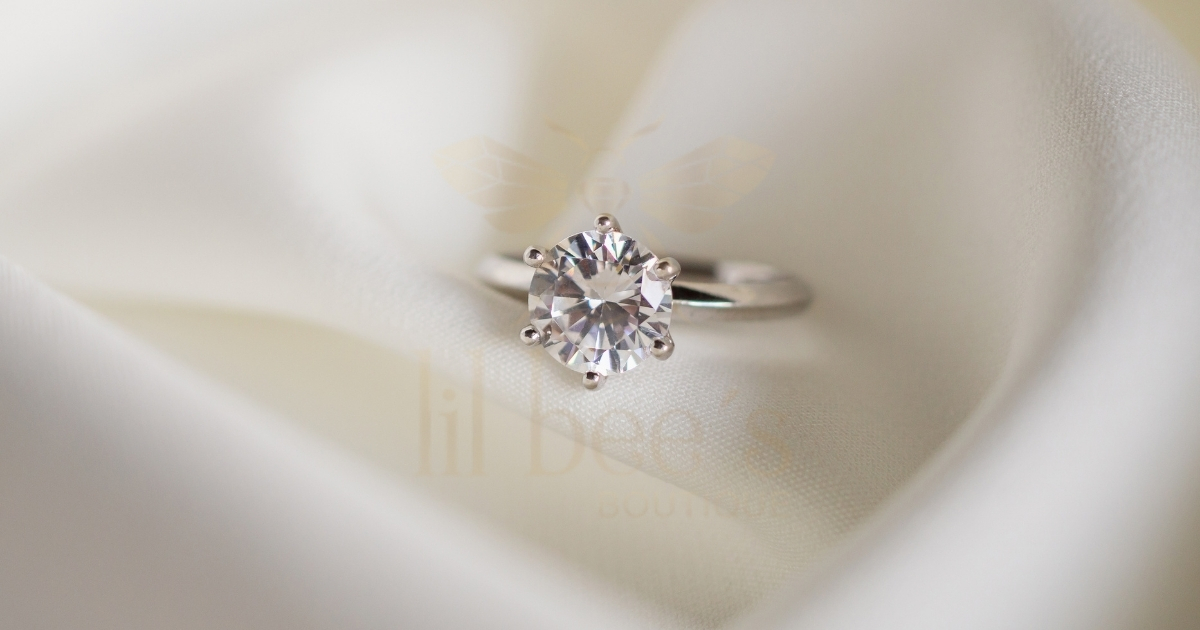
Trending designs and finishes
Stainless steel’s versatility allows for a wide range of popular jewelry styles and finishes:
- Minimalist designs: Simple, clean lines and geometric shapes are particularly popular in stainless steel jewelry.
- Mixed metal looks: Combining stainless steel with other metals like rose gold or yellow gold creates eye-catching contrasts.
- Textured finishes: Brushed, hammered, or engraved surfaces add visual interest to stainless steel pieces.
- Industrial-inspired designs: The strength of stainless steel lends itself well to bold, edgy styles.
Lil Bee’s Boutique offers a diverse selection of stainless steel jewelry that caters to various style preferences, ensuring there’s something for everyone.
- Popular stainless steel jewelry items:
- Chain necklaces and bracelets
- Stackable rings
- Cuff bracelets
- Stud and hoop earrings
Versatility in everyday wear
One of the key advantages of stainless steel jewelry is its versatility for everyday wear:
- Durability for active lifestyles: Stainless steel can withstand the rigors of daily activities without losing its luster.
- Suitable for various occasions: From casual outings to formal events, stainless steel jewelry can complement a wide range of outfits.
- Easy to mix and match: The neutral tone of stainless steel allows it to pair well with other jewelry pieces and accessories.
- Comfortable for long-term wear: Lightweight and hypoallergenic properties make stainless steel ideal for continuous wear.
- Versatility factors:
- Resistant to tarnishing, allowing for worry-free daily use
- Affordable enough to build a diverse collection
- Available in various finishes to suit different style preferences
- Suitable for both men’s and women’s jewelry
Hypoallergenic Properties of Stainless Steel
Benefits for sensitive skin
Stainless steel’s hypoallergenic properties make it an excellent choice for individuals with sensitive skin or metal allergies:
- Low nickel release: While some stainless steel alloys contain nickel, the amount released is typically too low to cause allergic reactions in most people.
- Non-reactive surface: The chromium in stainless steel forms a protective layer that prevents the metal from reacting with skin.
- Reduced risk of irritation: Unlike some other metals, stainless steel is less likely to cause skin discoloration or allergic dermatitis.
- Suitable for long-term wear: Many people with sensitive skin can comfortably wear stainless steel jewelry for extended periods without issues.
- Hypoallergenic benefits:
- Ideal for individuals with known metal allergies
- Reduces the risk of skin irritation and rashes
- Allows for worry-free everyday wear
- Often recommended by dermatologists for sensitive skin
Comparing to other hypoallergenic materials
While stainless steel is an excellent hypoallergenic option, it’s worth comparing it to other materials known for their skin-friendly properties:
- Titanium: Similar to stainless steel in its hypoallergenic properties but more expensive and harder to work with.
- Niobium: Highly hypoallergenic but less common and more costly than stainless steel.
- Platinum: Extremely hypoallergenic but significantly more expensive than stainless steel.
- 14k or 18k gold: Less likely to cause reactions than lower karat gold, but still more expensive than stainless steel.
| Material | Hypoallergenic Level | Cost | Durability |
| Stainless Steel | High | Low | High |
| Titanium | Very High | Medium | Very High |
| Niobium | Very High | Medium-High | High |
| Platinum | Very High | Very High | High |
| 14k-18k Gold | Medium-High | High | Medium |
Waterproof Qualities of Stainless Steel Jewelry
Wearing stainless steel in water
One of the advantages of stainless steel jewelry is its excellent water resistance. This quality addresses the common question, “Can stainless steel jewelry rust, will stainless steel jewelry rust when exposed to water?” Here’s what you need to know:
- Swimming: Stainless steel jewelry can generally be worn while swimming in pools or the ocean without immediate concern for rust or damage.
- Showering: Daily exposure to water during showers or hand washing typically doesn’t harm stainless steel jewelry.
- Water activities: Whether you’re participating in water sports or caught in the rain, stainless steel jewelry usually holds up well.
- Hot tubs and saunas: While stainless steel can withstand these environments, the heat and chemicals may potentially affect the jewelry over time.
- Water-resistant properties:
- Resistant to corrosion from fresh and saltwater
- Doesn’t tarnish easily when exposed to moisture
- Maintains its appearance after water exposure
- Easy to clean and dry after water activities
Precautions for prolonged exposure
While stainless steel is highly resistant to water damage, taking some precautions can help maintain its quality, especially with prolonged or frequent exposure:
- Chlorine exposure: Remove jewelry before entering chlorinated pools or hot tubs, as chlorine can potentially damage the protective layer over time.
- Saltwater: While stainless steel resists saltwater corrosion, it’s best to rinse jewelry with fresh water after ocean swimming.
- Drying: Always dry your stainless steel jewelry thoroughly after water exposure to prevent any potential for water spots or mineral buildup.
- Regular cleaning: Implement a routine cleaning schedule, especially for pieces frequently exposed to water, to maintain their shine and integrity.
- Tips for water-exposed jewelry:
- Remove before applying sunscreen or other products
- Avoid wearing in hot springs or mineral baths
- Store in a dry place when not in use
- Inspect regularly for any signs of discoloration or damage
Investing in Quality Stainless Steel Pieces
Identifying genuine stainless steel jewelry
To ensure you’re getting authentic, high-quality stainless steel jewelry, consider these factors:
- Magnetic properties: Most high-quality stainless steel used in jewelry is non-magnetic or only slightly magnetic. Strong magnetism may indicate a lower-grade steel.
- Weight: Genuine stainless steel has a substantial feel to it. If a piece feels unusually light, it might be made of a different material.
- Hallmarks: Look for stamps like “316L” or “SS” which indicate stainless steel composition.
- Price: While affordable, extremely cheap “stainless steel” jewelry may be made of inferior materials. Be wary of deals that seem too good to be true.
- Signs of quality stainless steel:
- Consistent color and shine
- Smooth, even surfaces
- No signs of plating or coating
- Reputable seller or manufacturer
Lil Bee’s Boutique’s commitment to quality
At Lil Bee’s Boutique, we understand the importance of providing our customers with genuine, high-quality stainless steel jewelry. Our commitment to quality is reflected in several ways: Contemporary metal accessories add modern flair to outfits These trendy items include jewelry belts and hair clips made from shiny metals Steel accessory brightener makes metal things like jewelry look shiny and new It cleans and polishes steel items to give them a bright sparkle
Stainless accessory creators make shiny and durable items like jewelry and watches These designers use special metal that doesn’t rust to craft beautiful accessories Durable stainless accessories are tough and long-lasting items made from special metal They can be used for many years without getting rusty or breaking easily
Mend steel ornaments are decorative items made from steel that can be fixed or repaired when broken These ornaments are durable and can be restored to their original beauty with proper care and maintenance Stainless jewelry reactions can happen when some people wear stainless steel jewelry Their skin might turn green or get itchy because of a reaction to the metal
Rugged jewelry collection features tough and durable accessories for adventurous spirits These bold pieces in the Earring cost analysis helps you figure out how much money it takes to make and sell earrings It looks at things like materials prices labor costs and other expenses for
Jewelry remains unchanged Necklaces rings and bracelets stay the same over time people still love to wear shiny gems and precious metals Stainless jewelry pricing
Stainless steel rings are shiny and strong jewelry that doesn’t rust or change color
- Sourcing: We carefully select our suppliers, ensuring they meet strict quality standards for their stainless steel products.
- Testing: Each piece in our collection undergoes rigorous quality checks to verify its composition and durability.
- Transparency: We provide detailed product information, including the grade of stainless steel

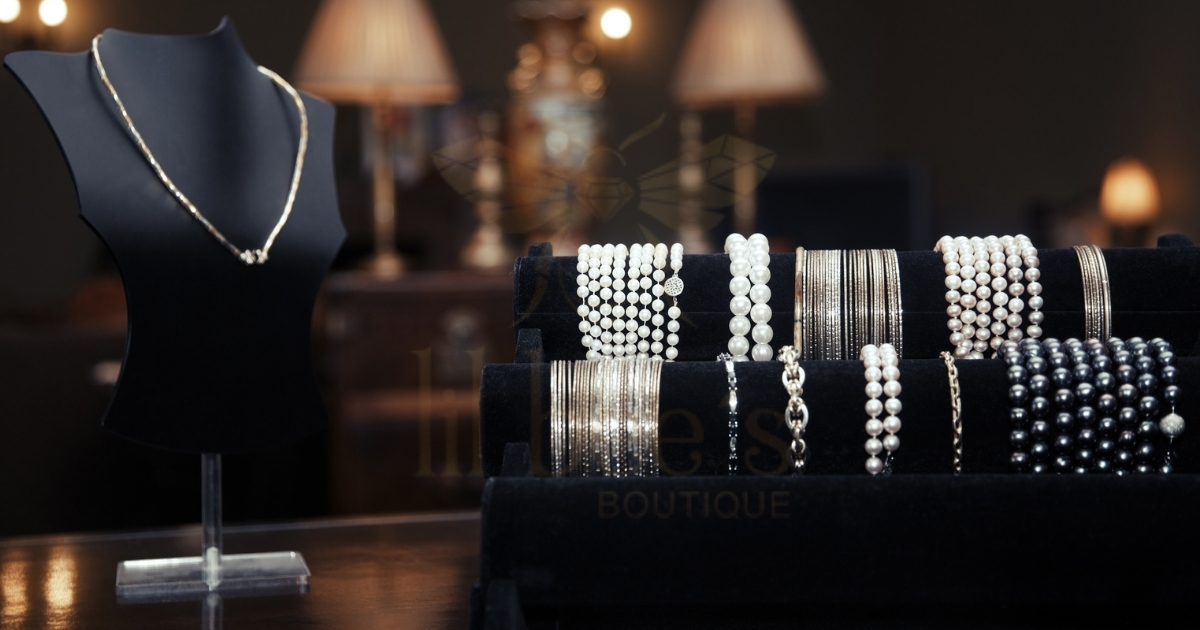
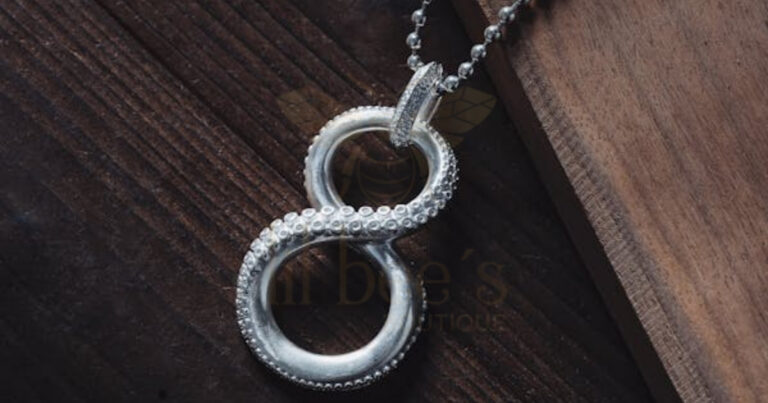
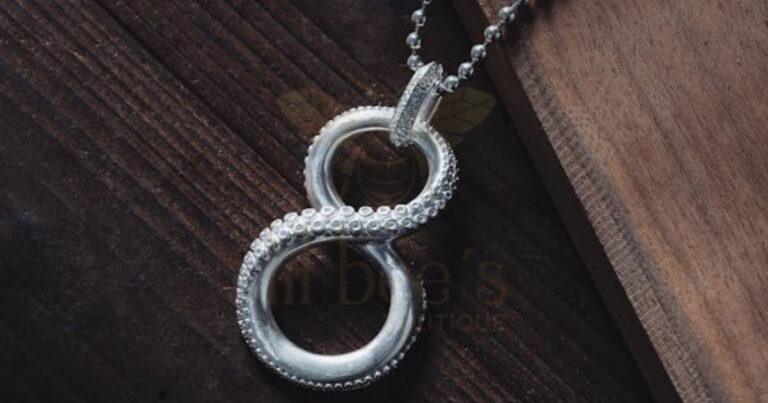
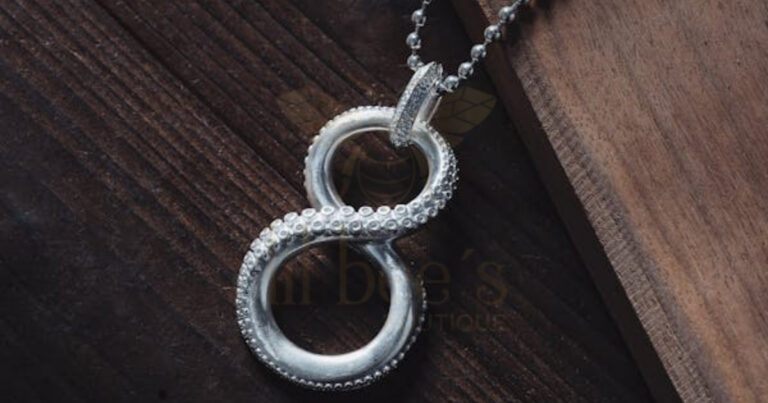
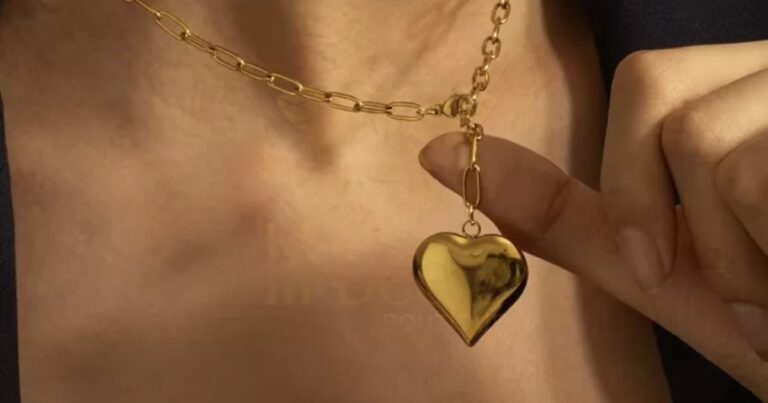
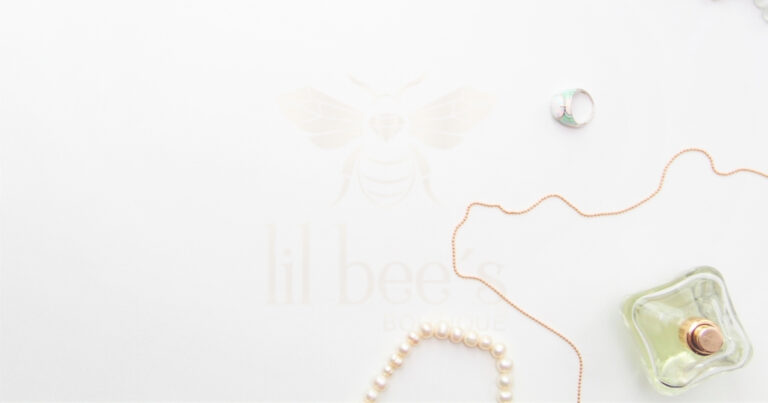
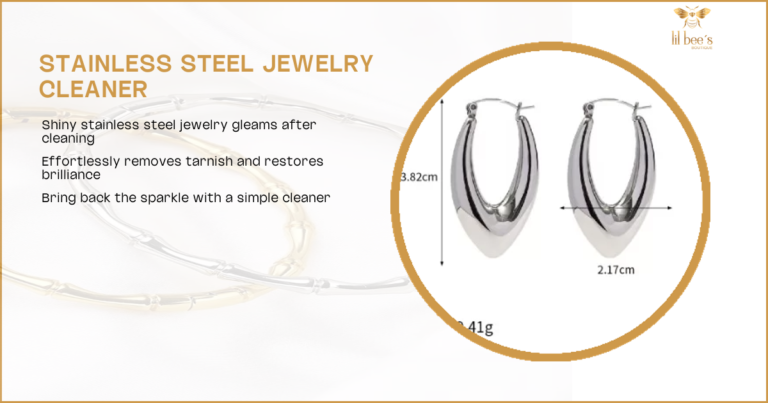
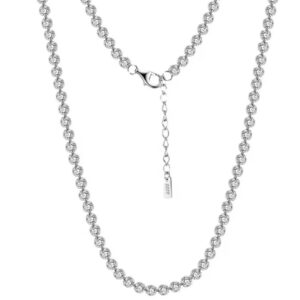 Tennis Necklace - Silver Jewelry
Tennis Necklace - Silver Jewelry 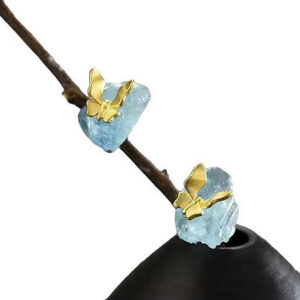 Aqua Princess Earrings - Silver Jewelry
Aqua Princess Earrings - Silver Jewelry 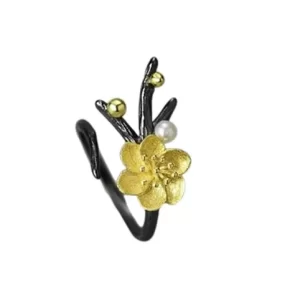 Plum Blossom Ring - Silver Jewelry
Plum Blossom Ring - Silver Jewelry 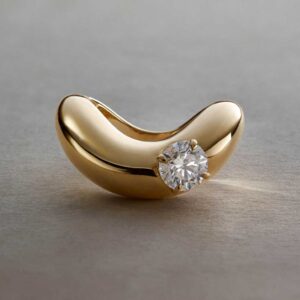 Marya (purity) ring - Silver Jewelry
Marya (purity) ring - Silver Jewelry